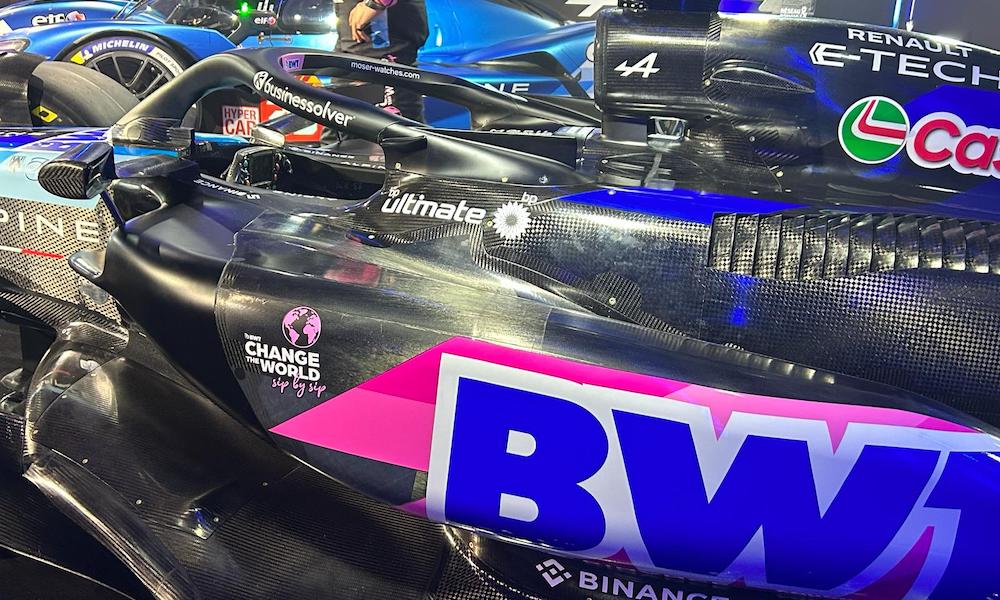Alpine took a ‘bold new approach’ when developing its latest A524 Formula 1 car after a challenging season last year, according to the team’s technical director Matt Harman.
The A524, revealed on Wednesday, features several new features and improvements over the A523, which marked a step back for Alpine in terms of results. The Renault brand, which operates its F1 programme between an engine facility at Viry-Chatillon in France and a factory at Enstone in the United Kingdom, dropped from fourth to sixth in the constructors’ standings after two years of the current ground effect regulations.
Harman explained that Alpine was prompted to ‘look inwards’ as it sought to understand how to reclaim that lost ground. During the A524 launch event, where the actual car was presented alongside Alpine’s new LMDh prototype, he highlighted the key technical areas that needed an overhaul.
‘We started that process originally from concept work back in week 45 of 2022, but also after the first three races of 2023,’ said Harman. ‘We decided to take a bold new approach.
‘It’s a brand-new car from front to back: only the steering wheel survived. We’ve really tried to look at every single area of the car to make sure that we leave no stone unturned.’
The chassis was one of the focus areas during development of the Alpine A524. Significant time and resources were also spent on the bodywork underneath the visible surfaces, as the team sought to control the mass load throughout the car and optimise the cooling. Alpine has tried to make space under the centre of the car to ‘free up volume and space’ for the underfloor channels that generate the downforce-inducing ground effect.
‘We’ve controlled a lot of the thermal behaviour,’ said Harman. ‘For example, we try not to cool the exhausts. That sounds very counter intuitive, but cooling the exhaust takes away the energy of the exhaust. Taking away the energy from the exhaust means you don’t have as much power at the brake. So we try to make sure that we use our air where we need it, and not where we don’t, like we do everywhere else on the top of the car.’
‘[Regarding the chassis] we need to make sure that the driver is comfortable in the car. Equally, we also need to push the structures and we also need to give the underbody of the car the ability to increase the flow rate through the car.
‘But, fundamentally, the chassis has been designed to give us…
Click Here to Read the Full Original Article at Racecar Engineering…

